When Secretary-General Ban Ki-moon speaks of reform and better efficiencies at the United Nations, it's a tad difficult to take him seriously because he's increased the number of top Turtle Bay executives by 35 percent.
Between June 2006 — six months before Mr. Ban's start date — and March 2013, about 50 U.N. bureaucrats, with the rank of assistant secretary-general (ASG) and higher, have been added to the payroll, notes U.N. watchdog Brett D. Schaefer of The Heritage Foundation. At $172,301 per ASG and $189,599 per undersecretary-general (USG), the cost quickly adds up.
By comparison, the U.S. government is downright frugal: “On average, the U.N. has one USG equivalent for every 759 employees while the U.S. executive branch on average has one cabinet official for every 91,391 employees,” writes Mr. Schaefer, based on data from the U.S. Office of Management and Budget.
This bloat suggests an unprecedented level of politicization and patronage. All of which explains why the excessively top-heavy U.N. is not known for its expediency in responding to world crises — or anything else.
Far more's the pity that the U.S. gets stuck paying the largest share of the U.N.'s tab among member nations.
The U.N.'s executive excess is outrageous. And contrary to the insistence of the Obama administration, the U.S. cannot realistically reform that which stubbornly resists change.



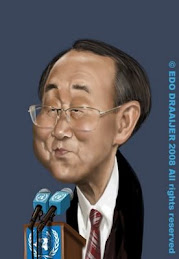

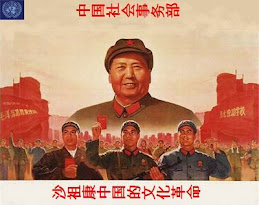










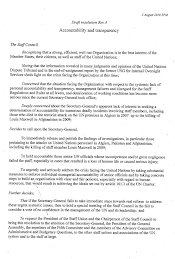

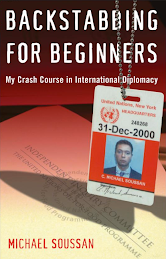
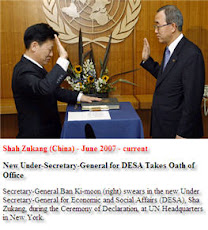

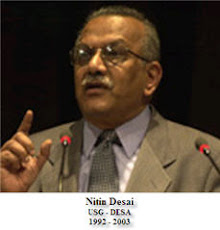
No comments:
Post a Comment